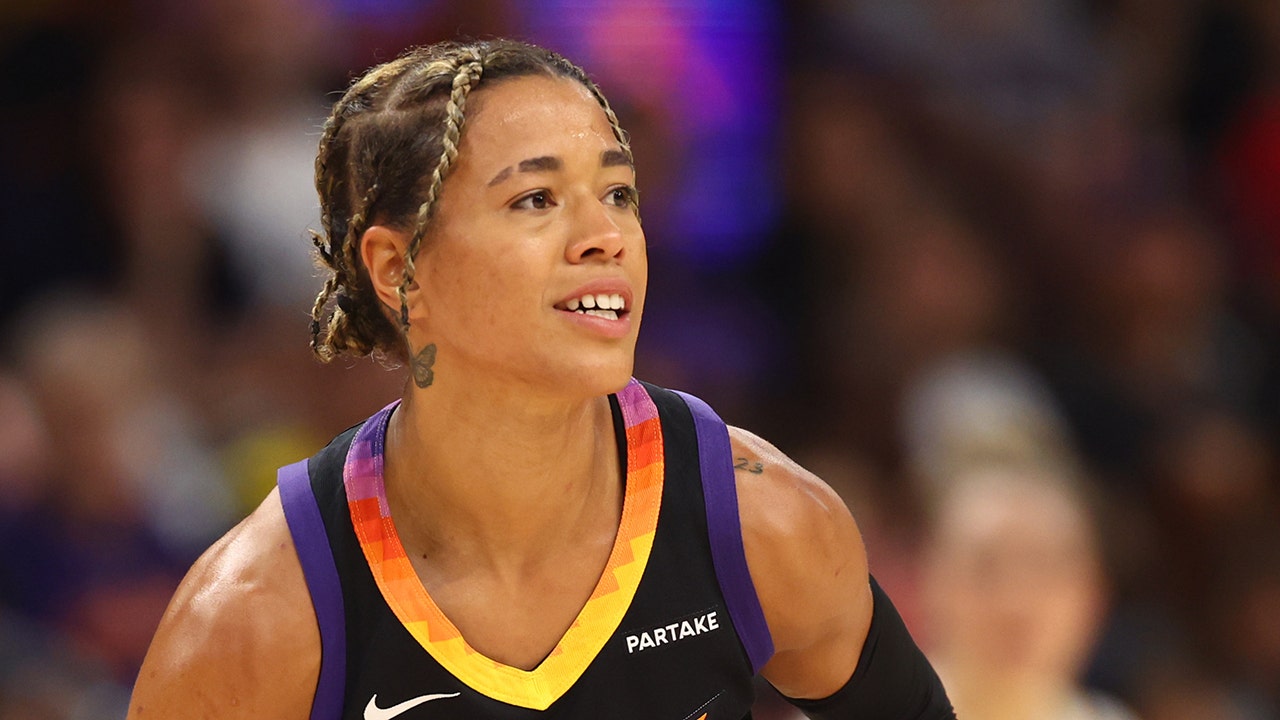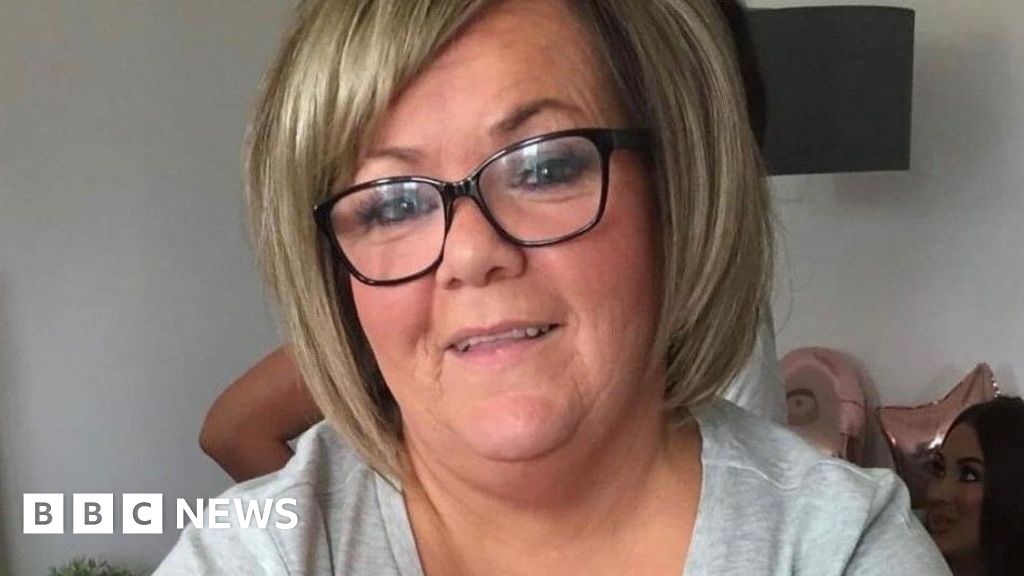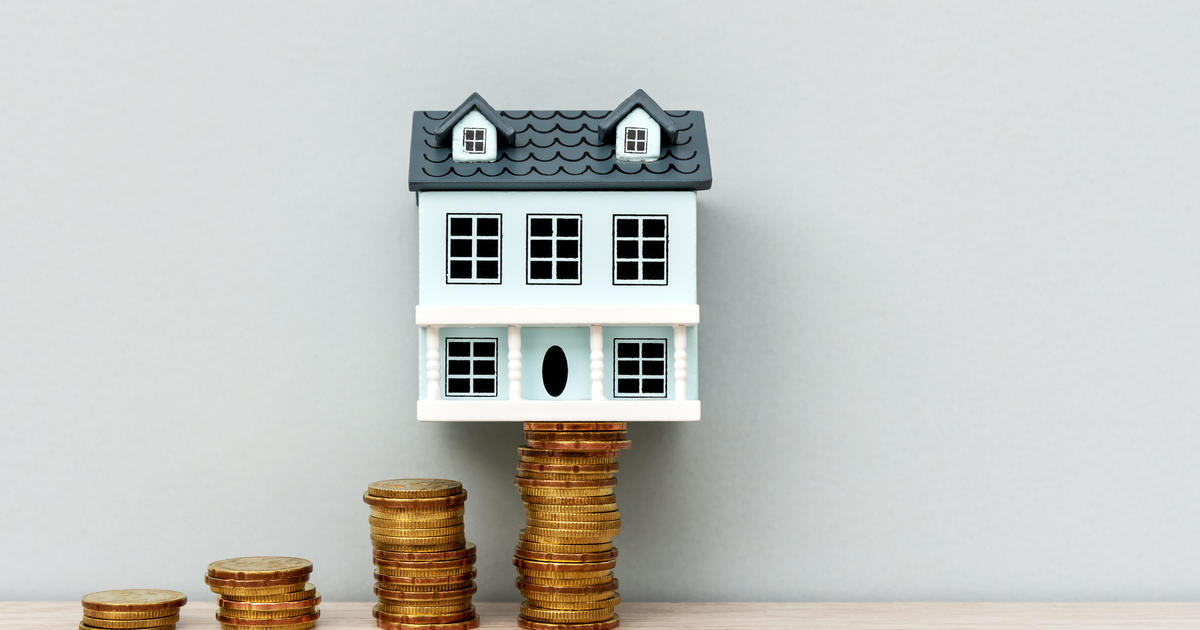Mortgage rates are climbing again, raising the cost of a home loan to its highest level in seven months.
The average rate on a typical 30-year mortgage is now 6.91%, up from 6.69% a week ago, the Mortgage Bankers Association (MBA) said Wednesday. The average rate on a 15-year home loan increased to 6.41% from 6.15% a week ago.
Mortgage costs are rising largely because the Federal Reserve’s year-long campaign to tame prices by lifting its benchmark rate has yet to bring inflation close to the central bank’s 2% target, suggesting that more hikes may be necessary.
“Inflation is still running too high, and recent economic data is beginning to convince investors that the Federal Reserve will not be cutting rates anytime soon,” Mike Fratantoni, MBA’s chief economist, said in a statement.
A percentage point increase to a mortgage rate can add hundreds of dollars to a property’s monthly payments, depending on the size of the loan.
Home prices are also rising. The median list price grew to $430,000 in April, up from $406,000 at the beginning of the year, according to Realtor.com. Buying a home is cheaper than renting in only 4 U.S. cities — Cleveland, Detroit, Houston and Philadelphia — according to real estate company Redfin.
Mortgage rates, which fell as low as 6% in February, are now at their highest point since November. The higher rates caused the number of mortgage applications nationwide to drop 3.7% this week compared to a week ago, MBA said.
The number of homes available for sale remains tight. Real estate experts said there’s fewer options for house hunters these days partly because construction companies haven’t been able to keep up with demand and because homeowners haven’t been willing to list their property.
Home builders erected only 70,000 new homes nationwide in April, according to the Federal Reserve Bank of St. Louis. The nation has a current shortfall of about 6.5 million homes, Realtor.com data shows.
“Low inventory, maintained by an extremely low level of new listings coming onto the market, has fueled demand amongst the few buyers who can afford to stay shopping,” said Nicole Bacahaud, a senior economist at Zillow. “As inventory remains a challenge in this market, so, too, will affordability be rocked by stubbornly high prices that aren’t looking to move drastically any time soon.”
Despite such obstacles, and since falling during the pandemic to its lowest level in 50 years, homeownership across the U.S. is on the rise, including for people with modest income. Recent Census Bureau data shows that as of early 2023 more than 53% of households below the median income owned a home. That’s up from 51.4% in late 2019 and the highest figure since 1994, the year when the agency started tracking the figure, noted economist Dean Baker.















































